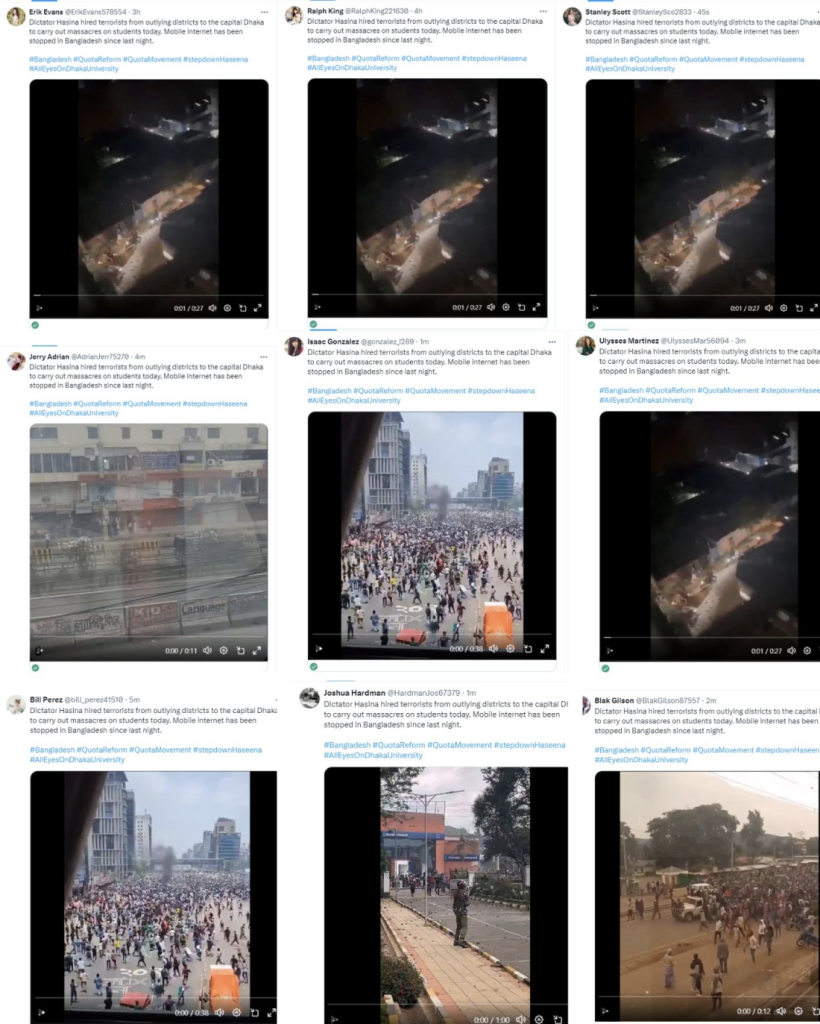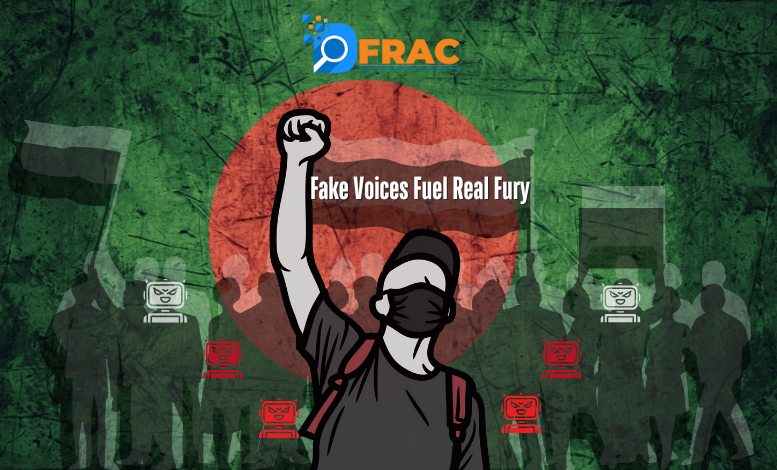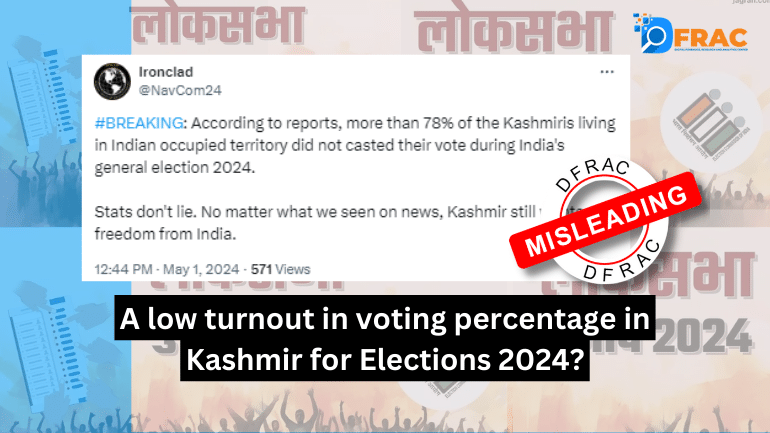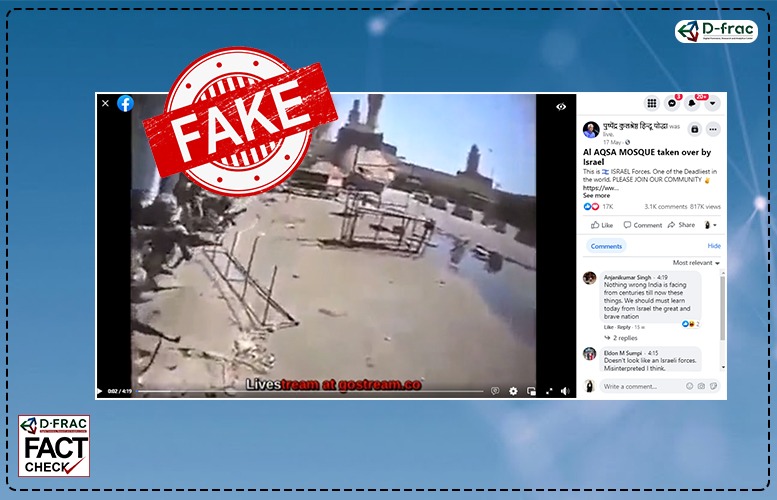Preface
What happens when journalists on foreign soil, with pockets to fill, seize another country's turmoil? They weave a hateful narrative for profit.
In a troubling turn of events, what started as peaceful student protests in Bangladesh on 18 July has now erupted into a maelstrom of violence and chaos. As the unrest escalates, the government has resorted to extreme measures, cutting off internet and mobile networks in a desperate bid to quell the rising tide of violence.
But behind the scenes, a sinister plot is unfolding. From remote corners of the world, shadowy figures are pulling the strings, inflaming the protests with a toxic cocktail of hatred and misinformation. These foreign entities, allegedly aligned with the Extremist Opposition of Bangladesh BNP, have been orchestrating a campaign of divisive propaganda aimed at sowing discord and destabilising the nation.
This report identifies the key figures behind the violence, hatred, and misinformation during the Bangladesh student protests, all influenced from abroad. It also examines the bot activity that amplified anti-government hashtags and spread inflammatory narratives, worsening the situation.
Let’s first explore the role of foreign entities in intensifying the protests.
Part 1: Foreign Players meddling the protests
1. David Bergman
Since the onset of the protests, this UK-based journalist’s activity has been intense. During periods of internet shutdown in Bangladesh, he became a primary source for spreading hateful and violent narratives about the student protests.
But who is David?
David Bergman, a British journalist with a questionable history, stands at the centre of a digital storm that has intensified unrest in Bangladesh. Bergman’s career is marked by controversies, from unethical journalism to suspicious affiliations with extremist elements. Bergman’s dubious alliances and relentless misinformation campaign paint a picture of a man deeply embroiled in foreign efforts to destabilize the Bangladeshi government.
Bergman was born in 1965 to Alan Bergman, a dentist from Hadley Wood, North London. Bergman’s career outside Bangladesh includes working for Twenty-Twenty, a British television production company. In September 2007, following Twenty-Twenty’s merger with Shed Media Group (now Warner Bros Television Productions UK), he was dismissed on various allegations, including bribery, womanizing, and drug addiction.
Bergman’s ties to Bangladesh extend through his familial connections; Bergman is married to the daughter of Dr. Kamal Hossain, a leader of a minor political party in Bangladesh. Kamal Hossain, in turn, is the son-in-law of Abdullah Shafi Muhammad Akhand, a Pakistani lawyer notorious for his anti-India stance.
Additionally, Dhaka’s “International Crimes Tribunal” found Bergman guilty of contempt of court for questioning the tribunal’s use of the official death toll from the 1971 independence war in one of its rulings.

Bergman has been highly active on social media, often spreading disinformation targeting the Bangladeshi government and portraying the Bangladesh Nationalist Party (BNP) as a “democratic force.” His follower list includes BNP supporters and benefactors, such as the controversial Al Jazeera journalist Zulkarnin Saer and Mushfiqul Ansarey.

On Twitter, Bergman is anything but subtle in his support for BNP and Hefazat-e-Islam, an organization known for its extreme religious stances. His tweets have surged in number and virulence, particularly during significant political events like the January elections and the recent August protests.

Support for Extremists
In a series of tweets, Bergman has openly mocked diplomatic efforts between Bangladesh and India, further exacerbating tensions. His portrayal of BNP as a “democratic force” glosses over the party’s history of authoritarianism and links to extremism, revealing an agenda that prioritizes political chaos over facts.

David Bergman criticized the arrest of Adilur Rahman Khan, Secretary of the human rights NGO Odhikar, who has been outspoken against the Awami League government’s actions and policies. However, Khan’s affiliations and his role as Deputy Attorney General during the BNP-Jamaat rule (2001-2007) have cast serious doubts on his motives, intentions, and integrity.





Not only BNP, he has been defensive and favoured Hefazat-e-Islam as well especially considering their announcement that Qaumi Madrasa students would join the streets in support of quota reform agitators. This declaration came from Maulana Mir Idris Nadvi, the Central Joint Secretary General of Hefazat-e-Islam. Additionally, Hefazat-e-Islam has been implicated in spreading notoriety through anti-India propaganda campaigns.


2. Md Imran Hossain Ansarey: The Digital Propagandist
Md Imran Hossain Ansarey, director of the South Asian Policy Initiative, is another influential figure in the spread of anti-government narratives in Bangladesh. His work extends beyond mere activism, functioning instead as a carefully orchestrated campaign of digital propaganda aimed at undermining the government and promoting the BNP’s interests.


Ansarey’s organisation is notorious for his writings against the Bangladeshi government, which he labels as oppressive, while simultaneously calling for “Hindu Extremism” in India. These accusations are baseless and designed to ignite communal tensions and sow discord. His influence is not limited to Bangladesh; Ansarey’s reach extends into American circles through groups like the American Bangladeshi Empowerment Initiative and the South Asian Solidarity Foundation, indicating a well-funded network of misinformation.
A telling example of Ansarey’s tactics was the supposed protest at Times Square in New York City, reportedly organized by the Muslim News Network and Ansarey’s affiliates. Despite claims of significant turnout and impact, mainstream US media gave it scant attention, casting doubt on the event’s legitimacy. This protest appeared to be a manufactured spectacle, a bid to attract international sympathy for a fabricated cause.

BNP Affiliations and Influence
Ansarey’s role as a BNP member is integral to understanding his actions. As a Ph.D. candidate at Robert Morris University in Pennsylvania, Ansarey manages multiple entities under the guise of advocating for American Muslims. This facade allows him to disseminate anti-Bangladeshi government rhetoric under the guise of human rights advocacy, revealing his true objective: to manipulate international perception and bolster the BNP’s standing.
3. Zulkarnain Saer: The Al Jazeera Journalist with a Hidden Agenda
Zulkarnain Saer, an Al Jazeera journalist based in the UK, has positioned himself as a key propagandist in the narrative surrounding the Bangladesh protests. His reports, often characterized by inaccuracies and biased slants, have significantly contributed to misinformation and incitement of violence.
Background Check
A special tribunal in Dhaka, filed a case under the Digital Security Act against 11 individuals, including Zulkarnain Shayer Khan, also known as Sami. Khan is implicated in a reportedly false and politically motivated Al Jazeera report.

Khan, who has numerous aliases and false identities, was expelled from Hungary for “suspicious” activities and later sought asylum in Britain under false claims of political persecution. During his time in Hungary, Khan was reportedly involved in illegal hundi (hawala) operations disguised as restaurant businesses, and was linked to transnational drug and human trafficking networks, including Lebanese Hezbollah.

Amid his fugitive activities, Khan has been actively spreading hateful narratives about the Bangladesh protests in support of the BNP. He has dismissed the government’s statements against Hefazat-e-Islam and BNP as absurd and farcical.

Fake News Shared:
Claim: Zulkarnain Saer shared a false statement during the student protests, alleging that junior officers of the Bangladesh Army had claimed they were compelled to shoot at ordinary citizens.
Fact: This claim is unverified and false; no such statement from the junior officers has been substantiated. As the Bangladesh Army imposed a ‘shoot-at-sight’ curfew following deadly protests, spreading such fake news against the army’s junior personnel is misleading.

During the India Out notoriety, he defended BNP and completely refused any role in the campaign but supported the campaign himself.

Part 2: The Role of Bot Accounts: A Surge in Automated Propaganda
Bangladesh’s social media is being manipulated by shadowy forces amid violent protests. A surge of bot accounts, all created in May 2024 with no real connection to Bangladesh, is amplifying anti-government hashtags and spreading inflammatory narratives to exploit & worsen the situation. A bunch of freshly minted accounts (hatched in May 2024, moving among their circuits) through hate-filled rants about the Bangladeshi Protests.
Copy-Paste Chaos:
First, we observed that bot accounts were created to amplify violent protests. These accounts post identical text across all their posts, mainly sharing screenshots from the violence in Bangladesh.
All their post reads: “Dictator Hasina hired terrorists from outlying districts to the capital Dhaka to carry out massacres on students today. Mobile internet has been stopped in Bangladesh since last protests night.” They also repeatedly use hateful hashtags.


These bot accounts not only spam the same text but also recycle identical media, including screenshots of the violence. They even post adult content. Their repetitive nature serves a single purpose: to amplify hateful narratives & hashtags with double the force, manipulating public perception through sheer volume.



Let’s understand with Data : We identified these accounts as bots by analyzing over 1,040 tweets. Their frequent, repetitive posting of similar content within short intervals revealed their automated nature. As seen in the timeline graph: @ 1:04 PM – 10 Tweets @ 1:05 PM – 11 Tweets @ 1:06 PM – 14 Tweets @ 1:07 PM – 7 Tweets Moreover, It can be seen that with time, the number of tweets/minute increased gradually.

While analyzing the content of the bot accounts. It was seen that the account with the username @BlakGilson87557 has done nearly 108 tweets within a very short time, followed by @hardman_jo17063 with 104 tweets. @HardmanJos67379 posted 81 tweets, followed by
@BradberryG35137 posted 77 tweets. The bar graph showcases the top 15 bot accounts that all posted most of the copy-paste content.

Upon closer inspection, we found a website link attached to every post from these bot accounts. Investigating the link revealed malicious behavior, redirecting to http://PADSIMS.COM , a domain identified for scams, phishing, malware, and business email compromise (BEC), confirming the accounts’ involvement in abusive activities.


We scrutinized an account named Antonio Alessandro (@ItalyambBD), supposedly the ambassador to Bangladesh since August 2023, yet the account was created in May 2024, coinciding with the bot accounts’ timeline. This account has posted hateful, copy-pasted content against the Bangladesh government and shared a graffiti image of Bangladesh’s PM from known fake news peddler Steve Hanke. Notably, the official Italy in Dhaka account doesn’t follow this account, raising further suspicion.



Part 3: Notable Fake News Campaigns
Among the myriad of false narratives propagated during the protests:
Fact Check 1:
Claim: “A company of Indian army moving into Bangladesh from West Bengal as Bangladesh govt has sought help from India to crush the protests with firepower.” A video of Indian army trucks along with a picture is shared with the claim.
Fact: Upon investigation, we found the claim to be fake. No calling of the Indian Army by the Bangladesh govt has been officially announced.
Ministry of Exteranl Affairs has also informed, “The High Commission has been making arrangement for security escort for safe travel of Indian nationals to the border-crossing points.” Also, we found: a) the video of Indian army truck has been on Internet since 2022. b) the image shared with claim is from Tejgaon Airport, Bangladesh.
Fact Check 2:
Claim: A video showing a mayhem scene involving locals and Police with the false claims that Chaos Ensues in London, UK Police shoot dead a Bangladeshi Male.
Fact: it has not been reported that UK police shot down a Bangladeshi Male in the protest at Greatorex Street. Acc. to reports, a man was arrested and two police officers were injured after a huge fight broke out amidst protests in Whitechapel where two large groups of men fighting in the street on Thursday night, July 18, which Met Police believe were linked to recent fatalities in Bangladesh.
Fact Check 3:
Misleading claim alleging the involvement of two Brigadiers in the recent Dhaka block raids goes viral.

Conclusion
In analysing the Bangladesh student protests, it becomes evident that what began as a peaceful demonstration has been hijacked by a web of foreign interference and digital manipulation. Shadowy figures like David Bergman and Md Imran Hossain Ansarey and journalist Zulkarnain Saer, have woven a campaign of misinformation, leveraging social media to amplify chaos. The intricate network of foreign influence and automated propaganda highlights a sinister strategy to sow discord and weaken the Bangladeshi government.







